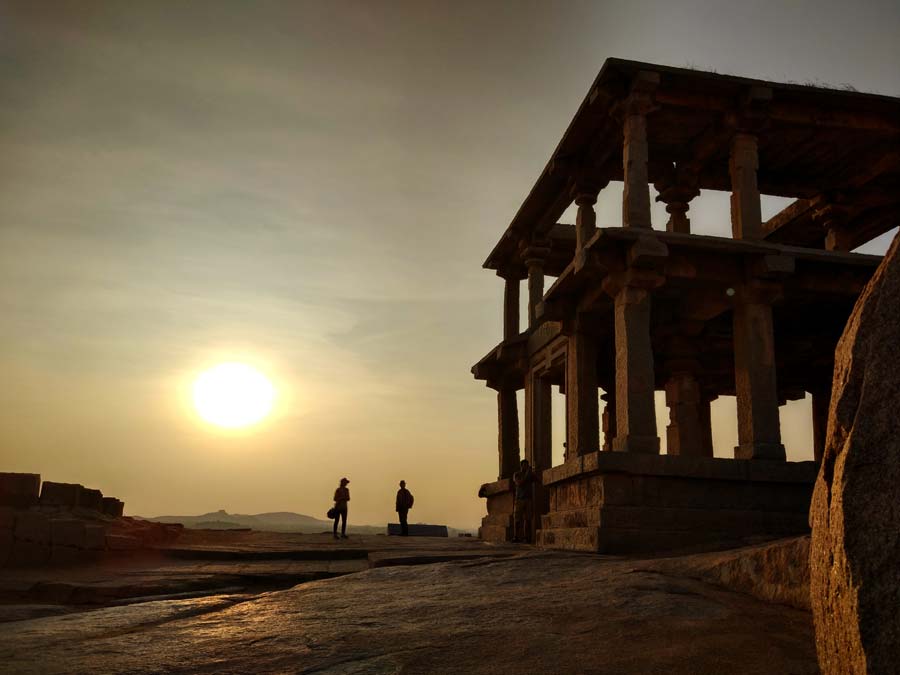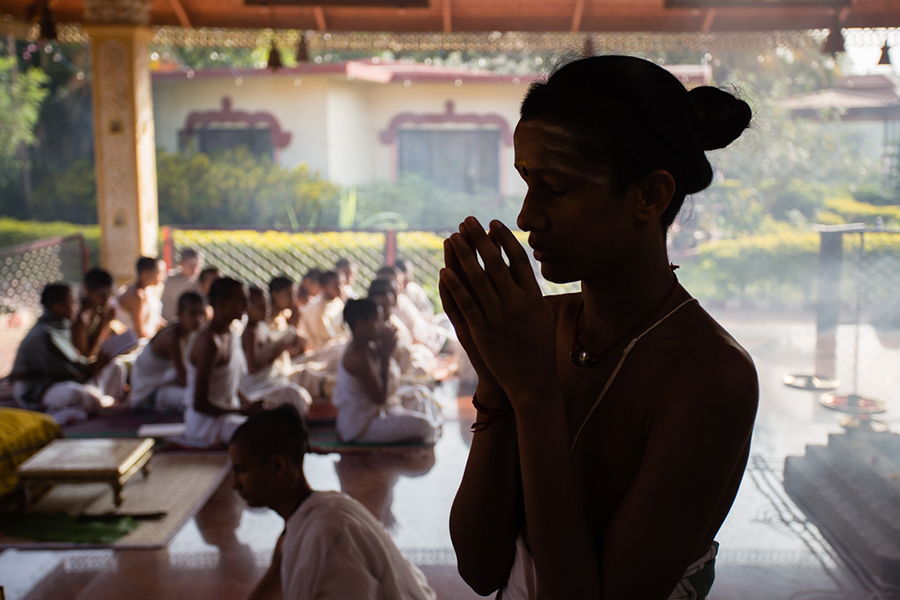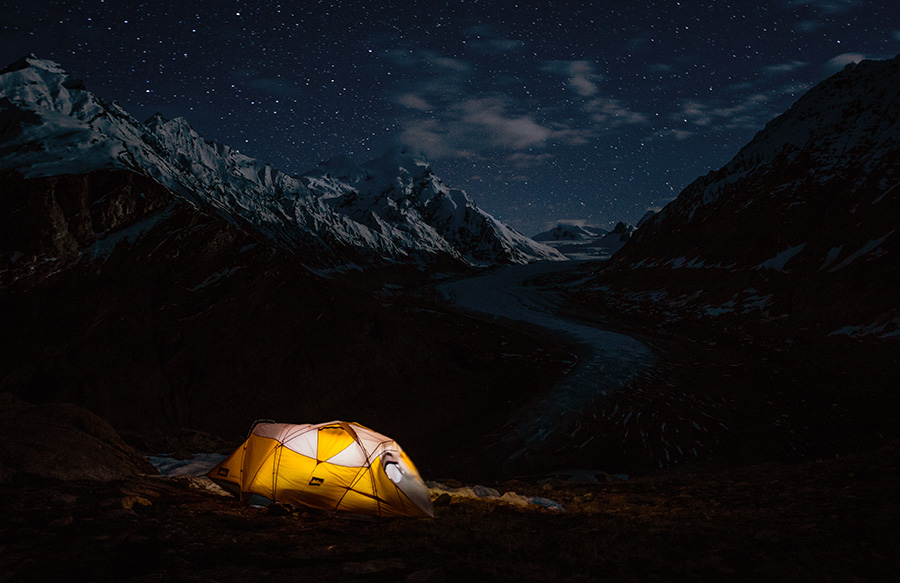
About three years ago, when I was last in Hampi, I made a few images of the place with a cell-phone camera. I thought they aren’t bad, although they were technically inferior. (See earlier post on Hampi with cell-phone camera).
I was back in Hampi last week, leading our photography tour with a bunch of high-energy folks. I continued to shoot with phone-camera. The technical quality of images have improved, but continues to be a long way from DSLR-like image quality. But they are now perhaps reasonably good for small-screen viewing, and you may not find evident technical issues in a small screen.
Here is a collection of images I made. The important trick shooting with a phone-camera, I realize, is to not go after challenging situations, avoid tricky lighting, keep it simple and pay more attention to composition. For those who can’t stop asking ‘what camera?’, this is a new not-yet-in-the-market phone-camera devised through cutting edge research on a project conceived by a consortium of phone makers and camera companies to create unparalleled next-generation high fidelity mobile imaging solutions, provided to me on early access. For those who have feet on the ground (which is pretty much everyone who is reading this, including you, I am sure): the last set of images in 2014 were shot with a Samsung S3 and the ones below are made using a Xiaomi MI 5.
This tour was fun. It was open exclusively to people who had attended our tours and workshops in the past. Interacting with all the regular travellers, three days flew-by in no time!

Among all the places that I photographed in Hampi, Hemakuta Hill was probably the most photogenic and yielded well for photography with a fixed focal-length lens. Above image of one of the much-photographed two-storey Mantapa was made at Hemakuta.

Earlier this year, I made several visits to Art of Living International Center in Bangalore to photo-document a school of traditional knowledge: a Gurukula. Here is a collection of images from my visits.
(Below is an easy-to-navigate slideshow of images with captions. If you are reading this in an RSS Reader or over email, the embedded slideshow may not be visible to you. Please click here to see it on the website).
[masterslider id=”5″]

As we drove higher and higher–well above 12,000 feet–there was a visible change in the geographical features. The brown slopes of the mountains that adorned a hat of snow on the peak morphed into all-white walls bifurcated by a rough patch of road that allowed us an access. Below us, at the bottom of the valley, melt-water gushed away, making a long journey into the plains that nurtured the civilization of a billion people. Up here, the only sound of life came from the inhabitants of our own car, save for an occasional yellow-billed chough that flew past or a cuddly-looking marmot that scooted away on our arrival. Glaciers dotted the landscapes, adding more force to the river that skirted past their mouths. The enormous tall massifs covered with snow hurt our eyes, and yet, pleased our souls through a sense of calm and magnanimity effused from them. Someone in the car said, “we have reached heaven”. I could not help but nod silently. I did not want to speak up and break the indulgent muses of my mind.

It was a summer afternoon and we were driving towards Penzi-La, the mighty pass that rose above 14,000 feet to partition the valleys of Suru and Zanskar. I was leading a photography tour comprising a dozen trigger-happy people who were willing to go through any struggle to be a part of this gigantic landscape. For past three days, we had come away from the networked world and were camping amidst high mountains, disconnected from everything else but the grandest showcase of nature. We had traversed in the shadow of Nun and Kun mountains, both massive projections from the ground that climbed well above 20,000 feet, covered in megatonnes of snow that shined in the bright mountain sun.




